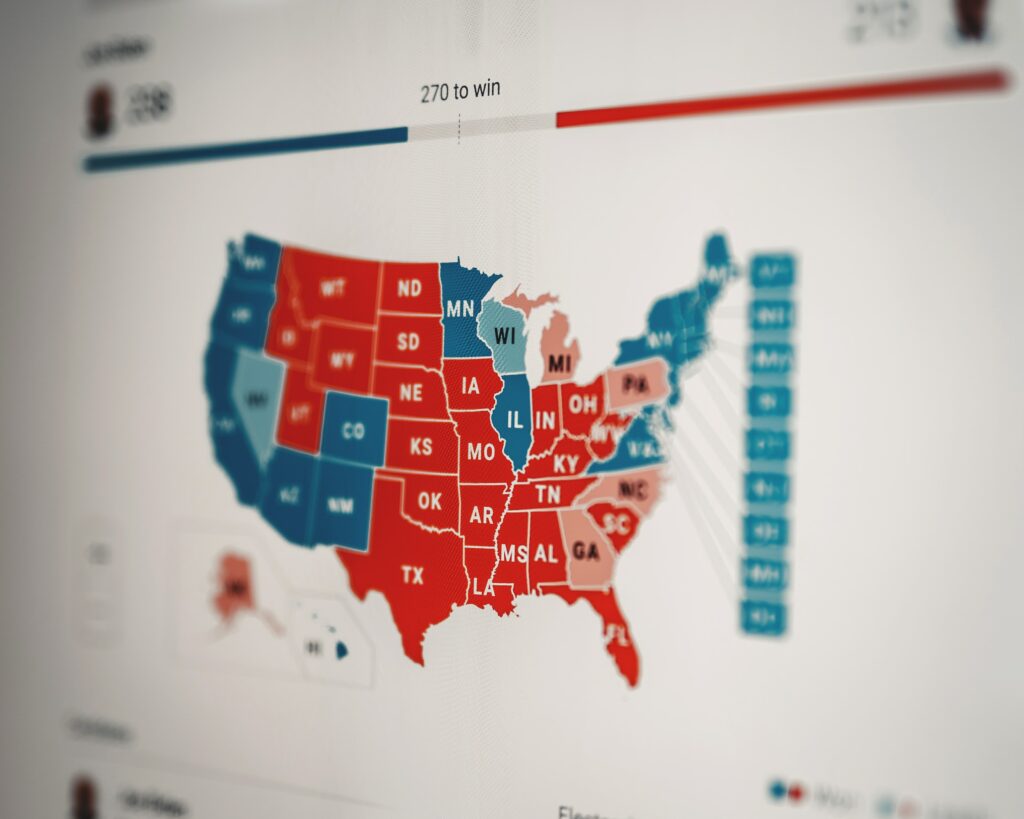What is Gerrymandering
U.S. politicians use gerrymandering to limit voters’ power by redrawing district maps. A national census is held every ten years, and this information is used to assist states in drawing new boundaries for electoral districts. Gerrymandering is when this process is hijacked by the dominant majority and used to give one party an unfair advantage over its rivals. This action can only be taken by those who are current officeholders. The party in power can then reallocate voters to dilute the power of the opposing party. This method involves blatant voter suppression across districts and provides a competitive edge to their candidates. These lawmakers seek to concentrate the strength of opposition voters in one area to ensure they can only receive a handful of seats. This method provides the party maintains a majority in the lawmaking chambers. Gerrymandering is explicitly illegal and forbidden by the constitution because it is a threat to democracy. The main problem is that challenging it in court is difficult, given rulings in the past that have provided no relief. The two fundamental tenets of electoral apportionment are utterly disregarded by the use of Gerrymandering as there is unfair compactness and unbalanced equality of size in constituencies.
What is the Electoral College?
This formal body is required to elect the President and Vice President of the country. The U.S. Constitution outlines the roles and requirements of the electoral college in Article II, Section 1. The college is made up of electors that come from various states in the country. These representatives come from Congress to form the Electoral College. Swing states often carry more electors and can impact the results more directly. These Representatives and Senators are chosen when voters go to the polls. The electors are tasked with casting their ballots for that ticket in the Electoral College.

What are electors?
These electors are certified by state election officials after a popular vote. Their district chooses these, and the winning slate of electors meets in the state capital. They are required to vote for one candidate in both Vice President and Presidential positions. The constitution prevents them from voting for two candidates from their home state. These electors are vital in influencing the presidential race; therefore, if they are elected through Gerrymandering, the electoral college can become dominated by one party. Throughout history, there have been many cases where the largest states dominate the presidential elections.
Gerrymandering & The Electoral College
Non-Voters Don’t Matter
Voter apathy is a serious threat to U.S. democracy. It is estimated that nearly 40% of the eligible electorate do not exercise their civic right to vote in presidential elections. This figure is significant and means there is a chance the best candidate will not be selected. This apathy is substantially worse in the critical primary elections. Less than 20% of the electorate in local and state elections often pitches up on the voting day. Low voter turnout + Gerrymandering makes it easier for parties to hand over power to the candidate of their choice. This action affects the electoral college as these elected representatives then become electors in the college. In this position, they can further the interests of the small majority that voted for them and their party. The president is chosen in this system, and the people that vote often have minimal impact on the process. Researchers at Princeton have discovered that the desires of the average citizen seldom can impact the likelihood of Congress enacting any given law or public policy.
Voter Exclusion
Gerrymandering takes power from the voters and gives it to the incumbent. The tactic directly creates political advantages for specific candidates and their parties. The manipulation of state electoral district boundaries means heavy voter suppression tactics are used. This result is seen through the level of political competitiveness in congressional districts. In 2016, less than 5% of the congressional districts were considered competitive. Elections are often scripted to favour specific candidates, meaning votes don’t matter. This bias leads to candidates withdrawing their nominations and some parties being unwilling to field a contestant. Excluding these candidates means excluding their voters, leading to uneven electoral college representation.
No Opposition Representation
These groups seldom participate in politics by moving voters around to ensure that opposition voters cannot impact the primaries. Given the scripted nature of the primary elections, it is likely that the ticket offered by the Republican and the Democratic parties will become highly partisan. This is extremely dangerous for democracy is it creates a revolving door of disproportionate outcomes. The U.S. electoral data shows that 95% of the districts in the country can be predetermined. These are considered “safe seats” for the major parties. Opposition elements rarely feature with the seat going to the Republican or Democratic primary winner. Opposition candidates are entirely excluded from winning primary elections, which means the electoral college is heavily misrepresented through Gerrymandering.
The Electoral College & Swing States
Swing states are crucial to winning the presidential election. The Electoral College system bases its final verdict on these states, meaning that 75% of eligible voters are suppressed. Therefore, choosing the electors in state elections heavily impacts the presidential elections. Gerrymandering leads to control of the 11 swing states. The overall outcome is often hindered substantially by these obstacles. From the primary level up to the national election, participating in American-style democracy requires mass awareness of Gerrymandering because this affects the presidential election.






































